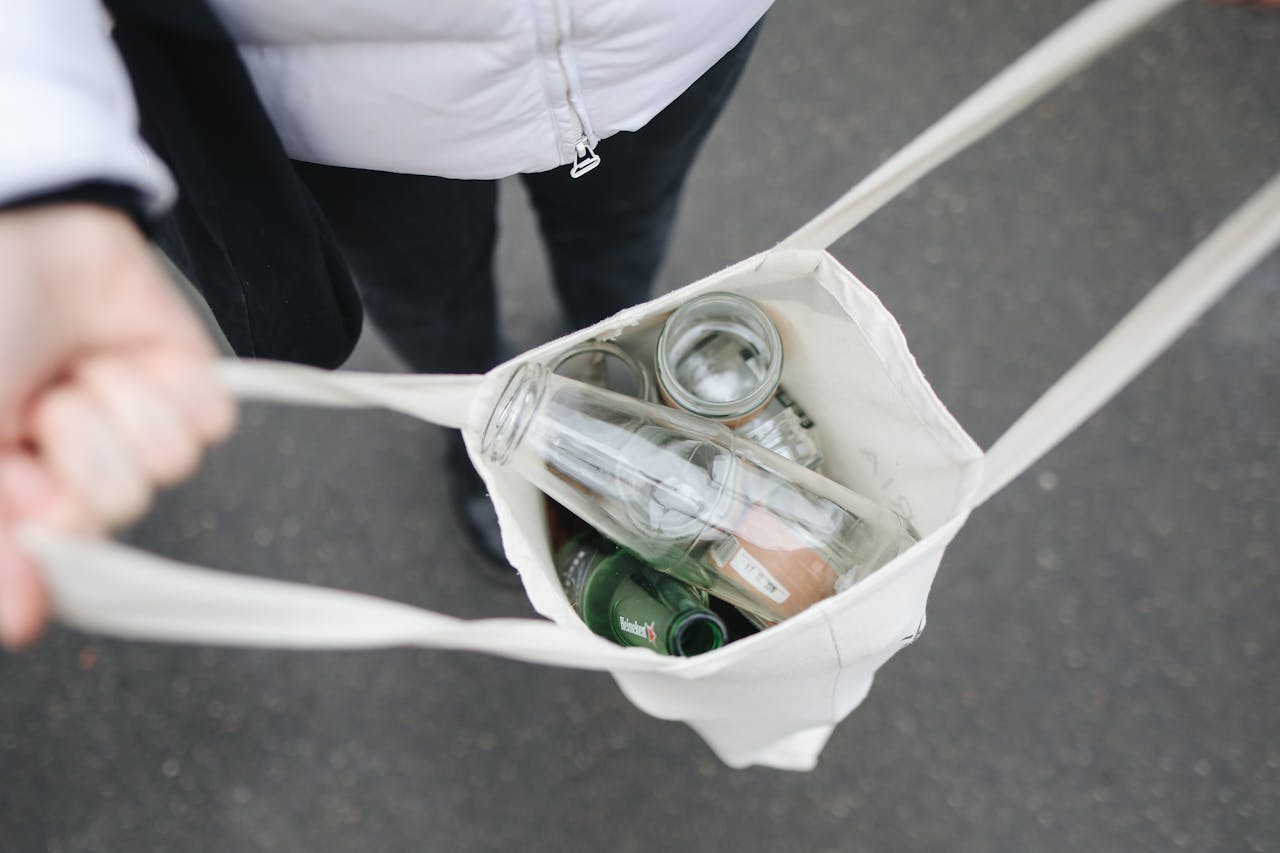
Tuesday, 2 Jul 2024

In recent years, sustainability has become a primary focus in many industries, including the out-of-home (OOH) advertising industry. More and more companies are seeking ways to reduce their carbon footprint and practice more environmentally friendly advertising methods. This article will explore various eco-friendly practices in out-of-home advertising and how the industry is moving towards a more sustainable future.
Many OOH companies are starting to switch to more environmentally friendly advertising materials, such as recycled or biodegradable materials for billboards and posters. For example, using FSC (Forest Stewardship Council) certified paper, which comes from sustainably managed forests. Additionally, there are initiatives to use water-based inks that are less toxic than traditional inks.
The use of renewable energy, such as solar and wind power, to illuminate digital billboards is becoming increasingly popular. Billboards that use renewable energy not only reduce energy consumption from fossil fuels but also send a strong message about the company's commitment to sustainability.
Modular design allows billboards and other advertising structures to be easily assembled and disassembled, thereby reducing material waste. For instance, billboards that can be resized and reshaped according to needs. Additionally, modular components can be reused for other advertisements, which also reduces costs and environmental impact.
Many out-of-home advertising companies have implemented recycling programs for used advertising materials. For instance, vinyl banners used in advertisements can be turned into other products such as shopping bags, umbrellas, or household items. Some companies also offer a return service for used advertising materials to be recycled, which helps reduce waste and support a circular economy.
In addition to using eco-friendly practices, companies can also leverage out-of-home advertising to convey messages that promote sustainability. Campaigns that educate the public on the importance of environmental conservation can have a broader positive impact. A real example is campaigns that encourage the reduction of single-use plastics, promote recycling, or support the use of public transportation and electric vehicles.
Involving local communities in sustainability initiatives can enhance the effectiveness of OOH advertising. For example, partnering with environmental organizations to clean up areas around billboards or support greening activities can enhance the company's image and provide real benefits to the environment. It also creates opportunities for companies to demonstrate their social responsibility.
Besides using renewable energy, OOH companies can also take steps to reduce overall energy consumption. This includes using more efficient LED technology for billboard lighting and setting optimal lighting schedules to save energy. Some billboards are equipped with light sensors that automatically adjust brightness according to ambient lighting conditions.
Reporting sustainability initiatives and their impacts transparently can increase customer and stakeholder trust. Companies can publish annual reports on their sustainability efforts, including carbon emission reductions, the amount of recycled materials, and the use of renewable energy. For example, companies can present concrete data on how much CO2 they have reduced through eco-friendly practices.
The out-of-home advertising industry plays a crucial role in promoting sustainability. By practicing environmentally friendly activities, companies can reduce their negative impact on the environment while creating more effective and meaningful advertisements. As a bonus, these steps can also enhance the company's reputation in the eyes of consumers who are increasingly concerned about environmental issues.

Lestari Ads Agency - PT Lestari Dev Solusindo
Lestari Ads is a leading out-of-home media company with the largest network in Indonesia. We believe the world is a canvas. Every advertisement is an opportunity to inspire, engage, and transform public spaces. We continuously push boundaries in Out-Of-Home (OOH) advertising, changing the way brands interact with audiences beyond the digital screen, bringing stories to life where people live, move, and connect.
The most trusted OOH advertising agency in Indonesia
Experience the top of visibility with Indonesia's leading out-of-home (OOH) advertising agency. We specialize in turning the urban landscape into a dynamic canvas for your brand, crafting compelling narratives that capture the imagination of millions. Our mastery over strategic placements and innovative formats ensures your message not only reaches, but resonates with a diverse and expansive audience. With a proven track record of delivering high-impact campaigns across Indonesia's bustling cities and beyond, we redefine what's possible in OOH advertising.
Find the best quality billboard advertising space with variety of size and dimension
out-of-home advertising, digital billboards, traditional billboards, transit advertising, street furniture advertising, outdoor signage, digital ooh, led billboards, static billboards, large format advertising, advertising displays, ooh media, advertising billboards, outdoor digital screens, urban advertising, roadside billboards, digital signage, retail advertising, poster advertising, mobile billboard advertising, digital transit ads, interactive ooh, airport advertising, mall advertising, cinema advertising, sports venue advertising, digital outdoor advertising, public transportation ads, taxi advertising, bus shelter ads, pedestrian advertising, advertising kiosks, outdoor media solutions, billboard marketing, ooh advertising strategies, ooh media planning, digital billboard solutions, smart billboard advertising, contextual ooh ads, geotargeted ooh ads, location-based ooh, smart outdoor ads, programmatic ooh, data-driven ooh, brand awareness billboards, large-scale ooh campaigns, outdoor advertising effectiveness, billboard design, high-traffic billboard locations, hyperlocal ooh, street-level ooh, public transit advertising, ooh campaign management, outdoor digital displays, media buyers ooh, roadside digital ads, metro station advertising, shopping center ads, ooh advertising trends, outdoor media buying, bus wrap advertising, illuminated billboards, building wrap advertising, branded outdoor advertising, billboard networks, freeway advertising, expressway billboards, train station advertising, out-of-home advertising campaigns, event-based ooh ads, ooh media buying strategies, proximity-based ooh, national ooh campaigns, city-wide ooh advertising, large-scale outdoor campaigns, integrated ooh solutions, ooh digital networks, smart city advertising, mobile billboard solutions, dynamic outdoor ads, highway billboard advertising, ooh media optimization, digital out-of-home screens, high-impact ooh ads, retail digital signage, interactive billboard advertising, regional ooh advertising, local outdoor advertising, consumer engagement ooh, brand visibility outdoor ads, targeted billboard advertising, digital advertising screens, urban billboard advertising, weather-triggered ooh ads, motion sensor billboards, flexible ooh solutions, sustainable outdoor advertising, renewable energy billboards, solar-powered billboards, ooh for small businesses, outdoor brand activations.
Frequently Ask Questions
About Us

